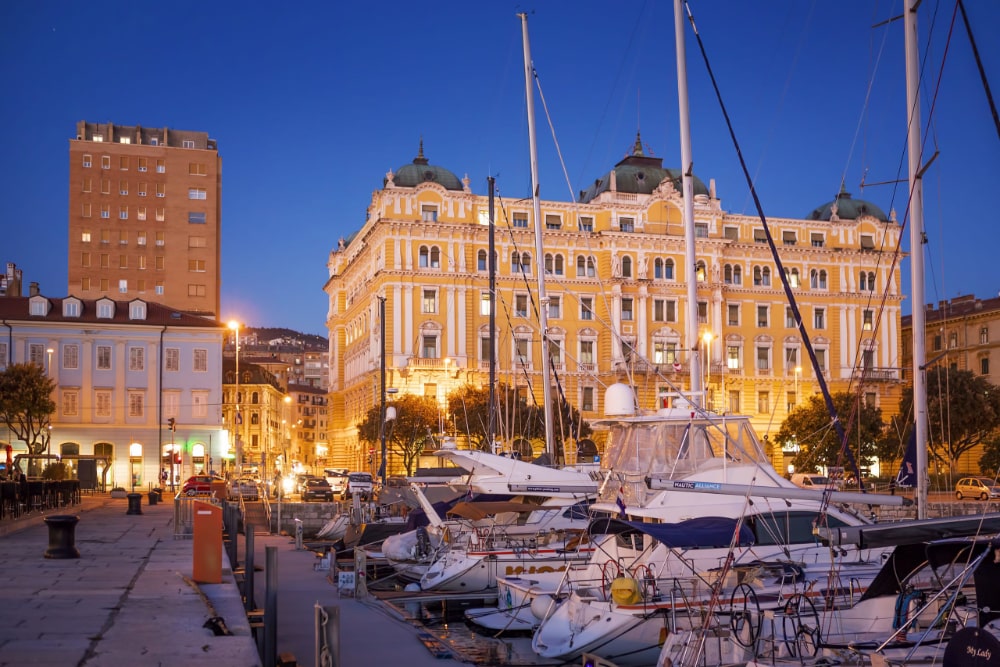
Palača Adria
Palača Adria simbol je pomorske moći Rijeke. U vrijeme izgradnje proglašena je za objekt koji će „biti najljepša i najbogatija zgrada u Rijeci“. Takvu je ambiciju pokazalo parobrodarsko društvo Adria.
Rijeka’s architecture tells a rich story, showcasing a blend of historic Austro-Hungarian buildings, modern structures, and stunning waterfront designs.

Palača Adria simbol je pomorske moći Rijeke. U vrijeme izgradnje proglašena je za objekt koji će „biti najljepša i najbogatija zgrada u Rijeci“. Takvu je ambiciju pokazalo parobrodarsko društvo Adria.

The existing urban-architectural complex is mainly Art Nouveau style, constructed in the early 20th century, after a feudal castle, located on the site of today’s Palace of Justice, was demolished.
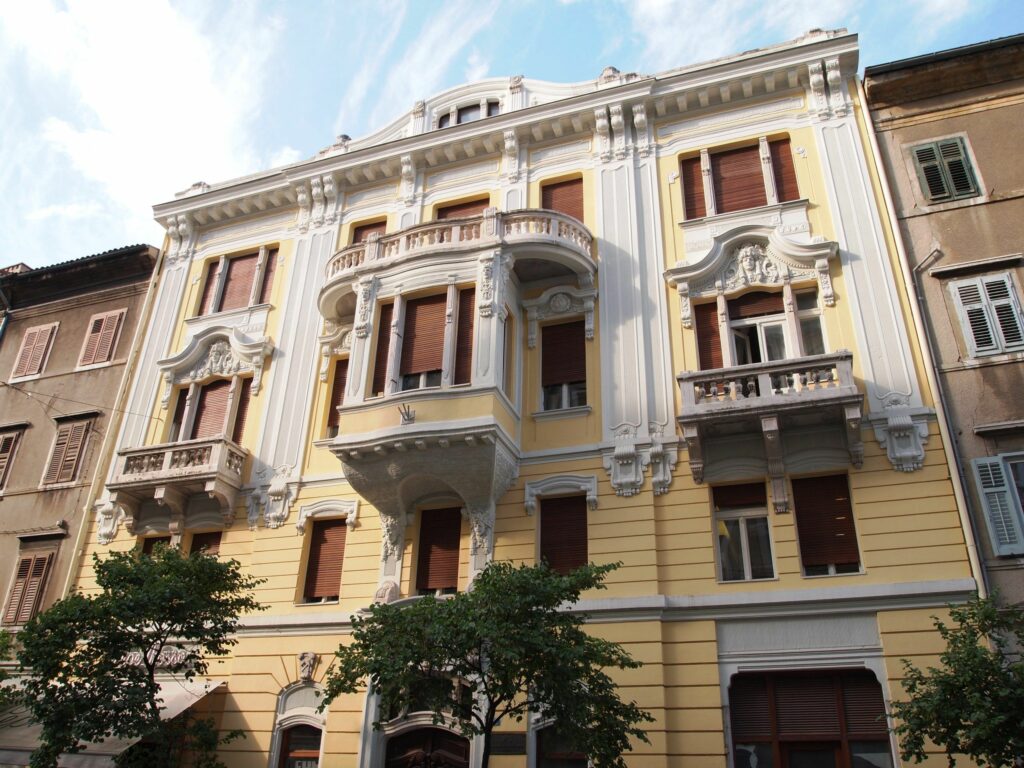
Bernard Braun and Danijel Biro’s house displays its picturesque facade close to the main city market. Its current appearance dates back to 1905. At that time, the architect Giovanni Rubinich
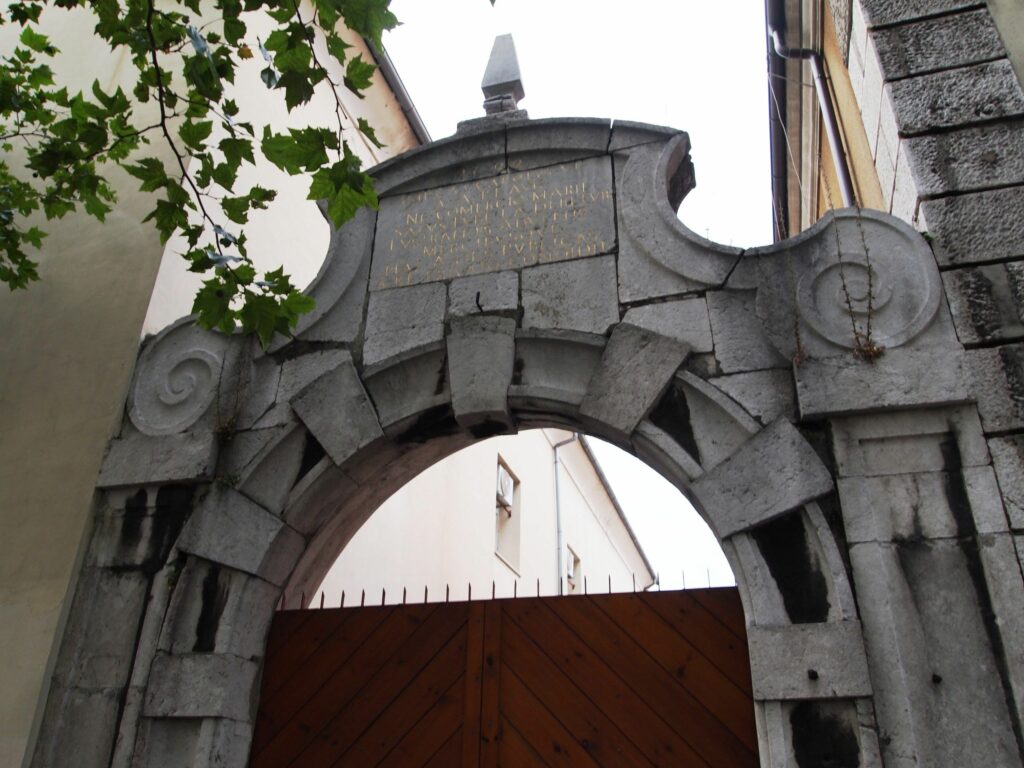
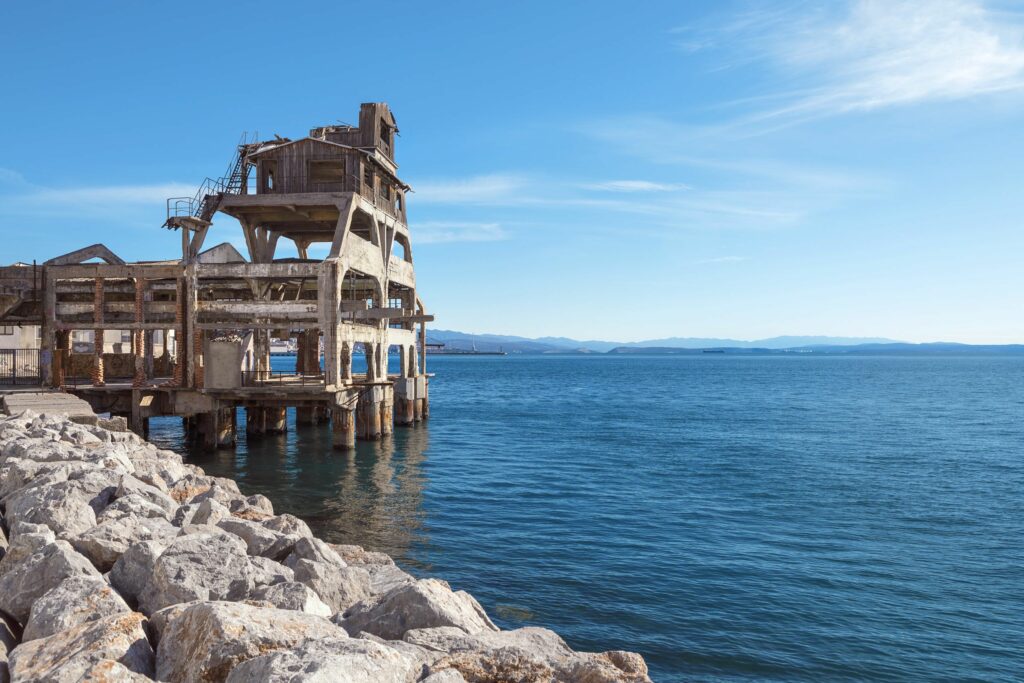
The launch station from the 1930s was a part of the closed torpedo factory. It is a testimony to the technical inventiveness of Rijeka during this period and at the
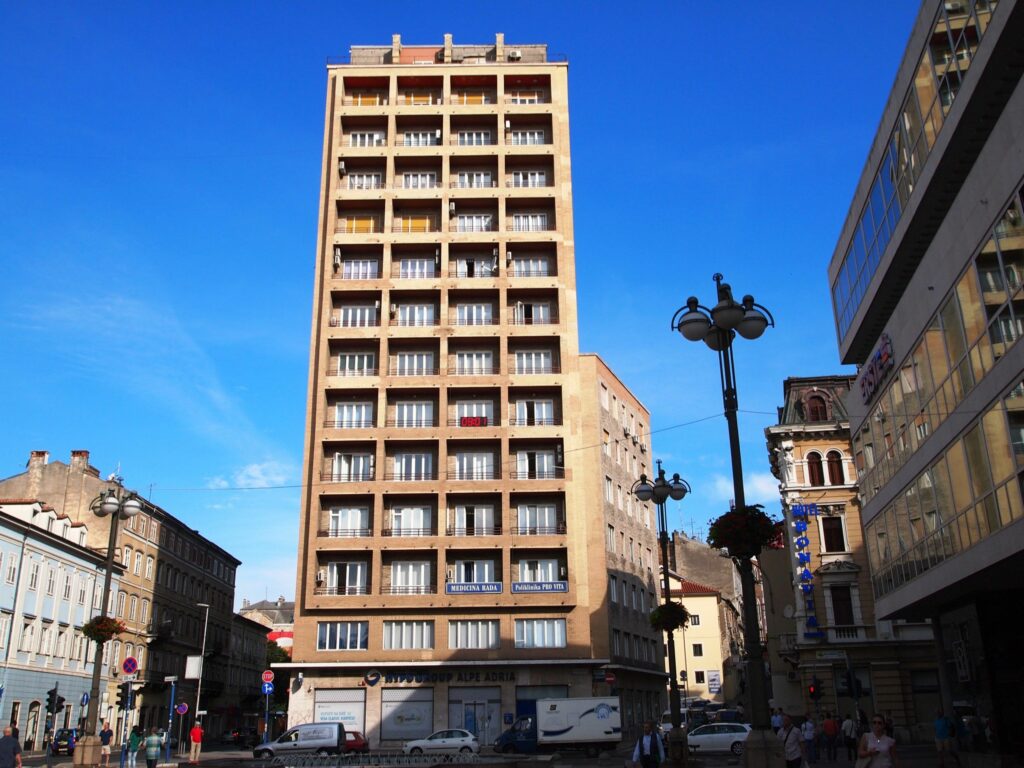
The skyscraper that dominates the square on the western end of the Korzo was built during the Second World War, in 1942. It was an investment by Enrico de Arbori,
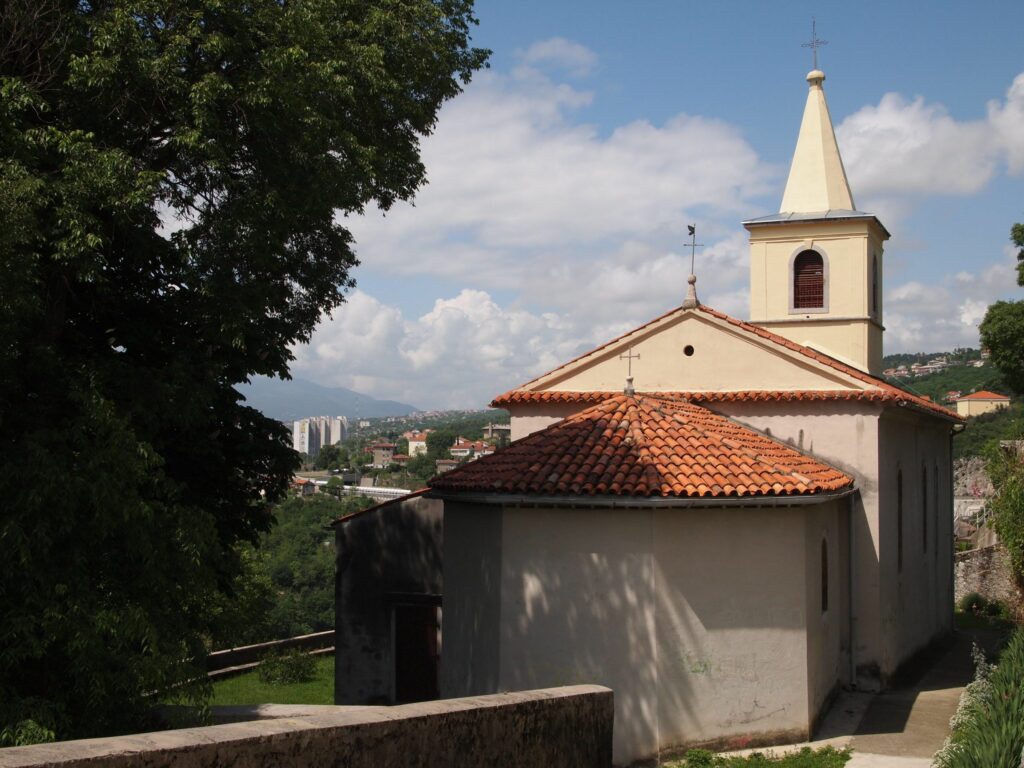
Along the back side of the parish office you can come to the oldest Trsat church–St. George the Martyrs. The access road is typically paved with sea pebbles, which was
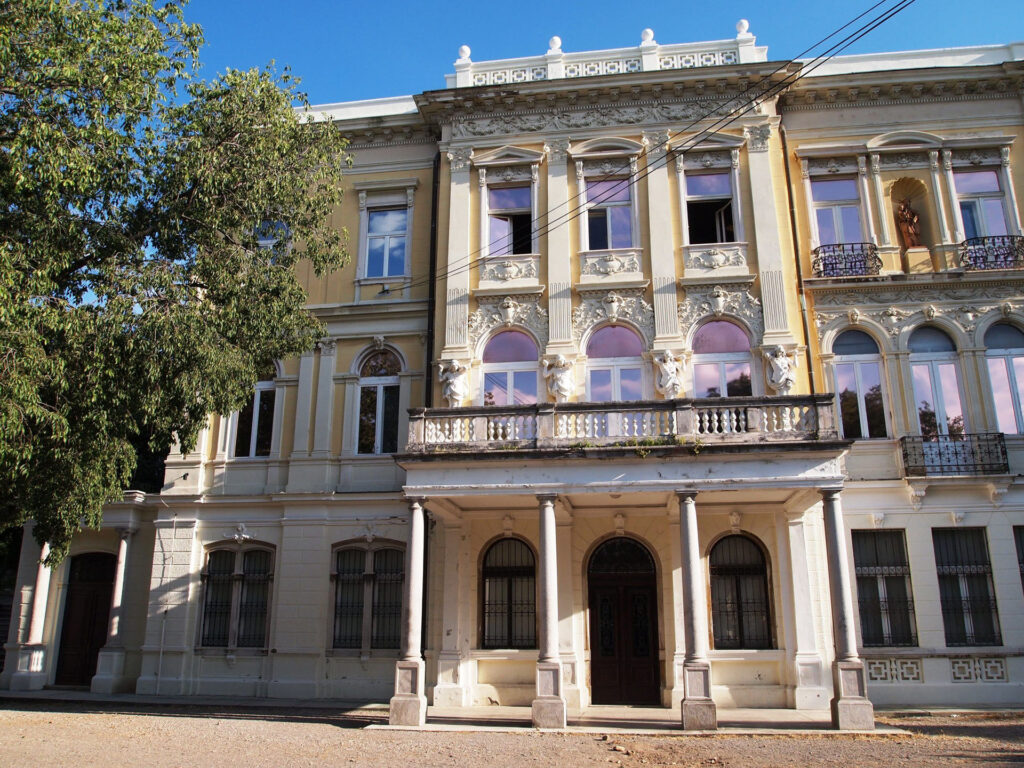
In the 18th century, Baron Mihovil Androcha ordered the construction of a simple summer house in the middle of a vineyard and an olive grove on the hill just above
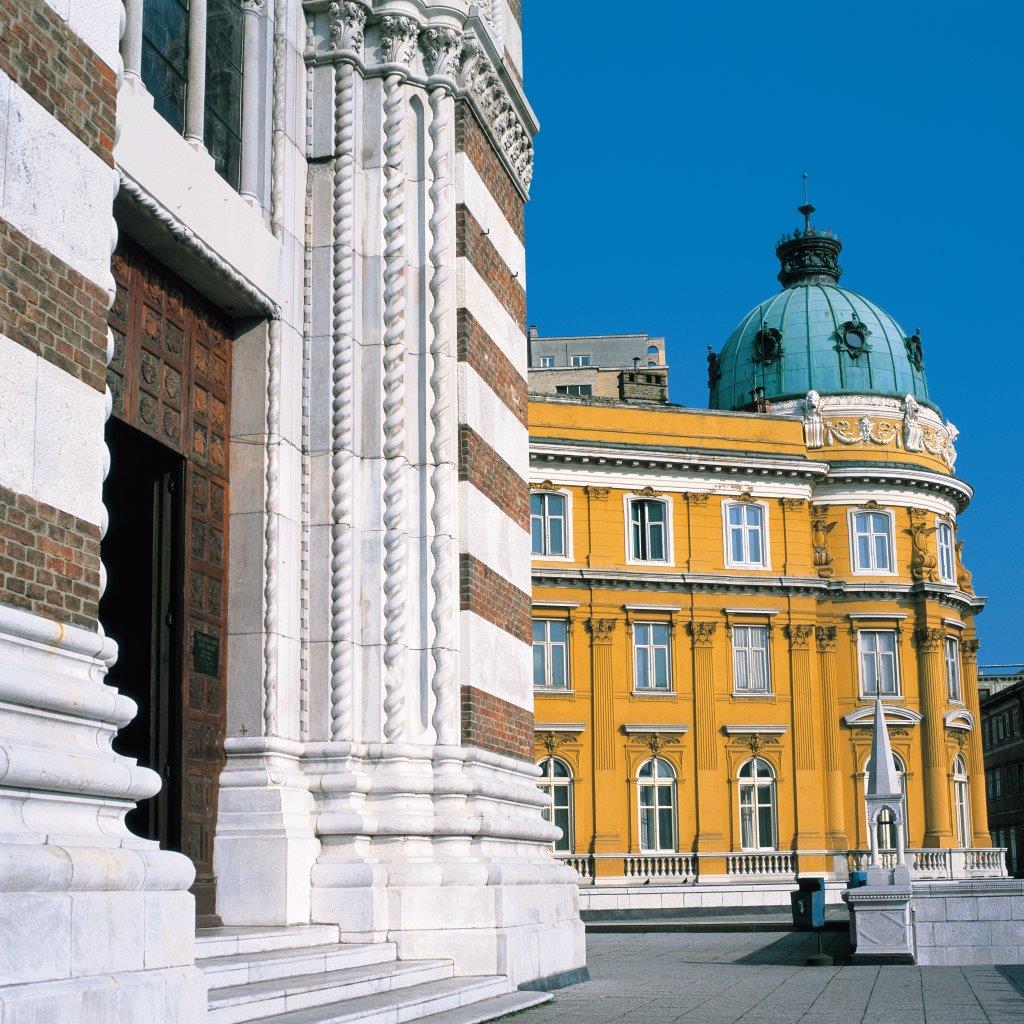
The luxurious city palace of Annibale Ploech, one of the four most important men connected to the torpedo works, was built in 1888 based on the design of the notable
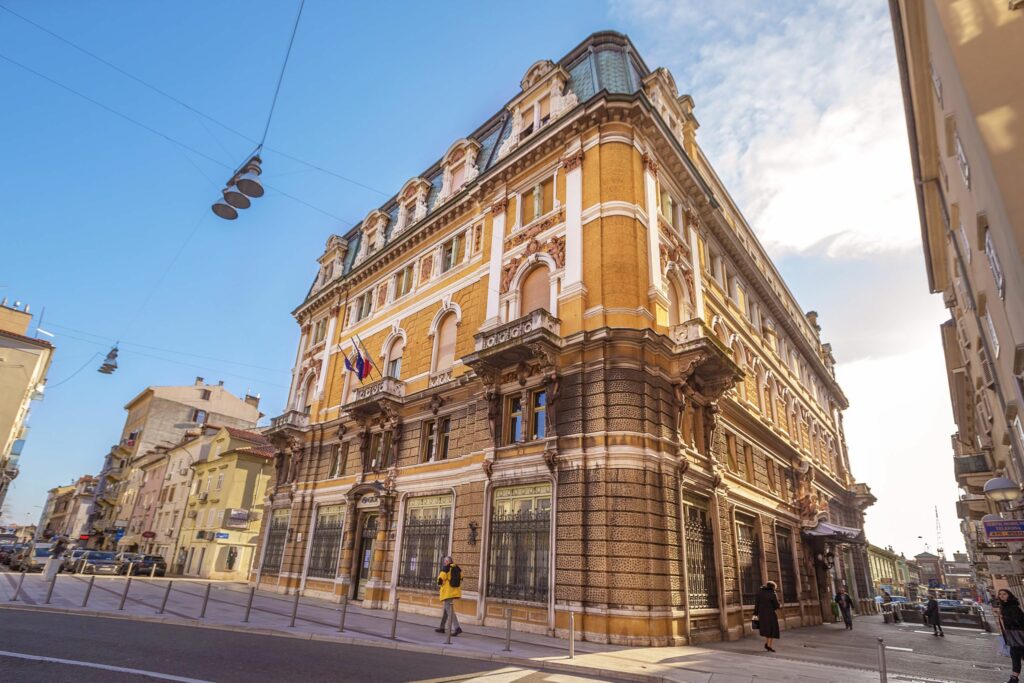
As Rijeka has always competed with the port of Trieste, this meant it should have its own Palazzo Modello, a model of the city’s monumental palaces built in the style